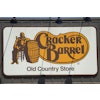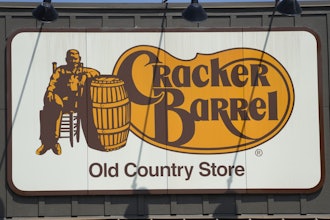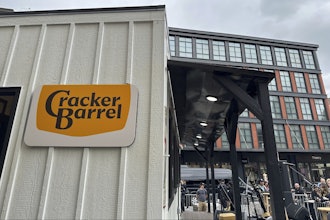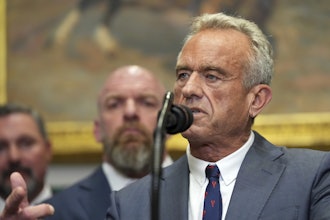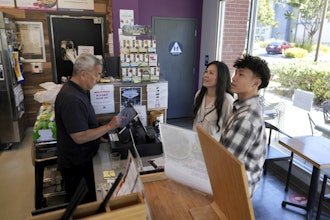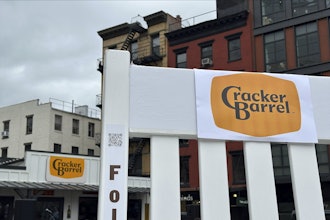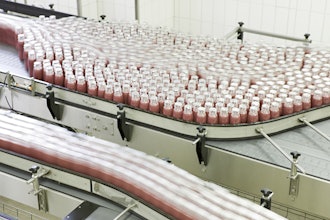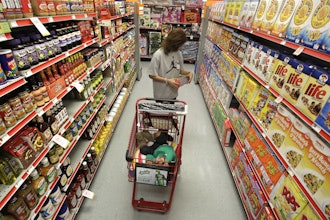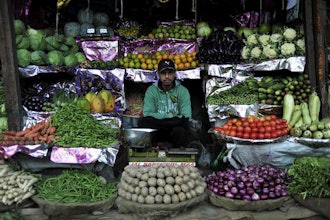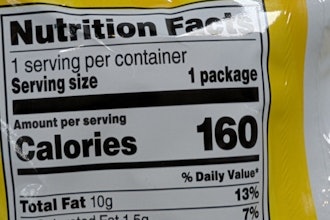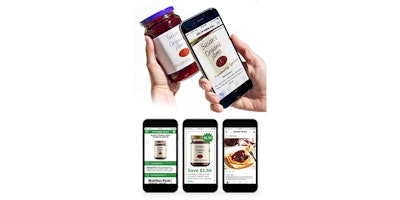
 Rich Richardson
Rich RichardsonThe food industry has a deadline looming: by July 26, 2018, nearly every packaged food product must include the new Nutrition Facts Panel (NFP) on the label.[1] The FDA has updated nutritional information requirements — so the packaging in use today must be remodeled to comply with the regulation. The requirement, while forcing an overhaul for brands and packagers, presents food manufacturers with a well-timed opportunity to create innovative packaging that speaks to consumers beyond the retail shelf.
The New NFP
The FDA introduced the new Nutritional Facts Panel in response to changing attitudes and growing consumer demand for information about the food we eat. It is designed to reflect new scientific information, including the links between diet and chronic diseases such as obesity and heart disease, and will make it easier for consumers to make more informed food choices.
The main difference between the old label and the new one is that calories and serving sizes will be printed in a much larger font. The panel will otherwise look much the same, while including updated information about nutritional attributes. It does not require a total redesign of the package, but rather, new artwork to accommodate the updated panel.
A Moment in Time
When an entire product line’s packaging artwork is on the drawing table, even for this relatively minor update, it’s an opportune time to rethink the package in terms of its power to engage consumers and sell the product. Making a sale today often depends upon the successful communication of a brand’s values and detailed product attributes to hyper-aware consumers who are demanding transparency to inform their purchasing decisions. How can packaging be modified to meet consumers where they are? Designers are always aware of traditional package elements — graphics, brand identity and footprint, for example — and their power to motivate sales. In this day and age, though, the way to a consumer’s heart and mind is more often taking a digital path.
A Pew Research Center survey found 77 percent of American adults owning a smartphone in late 2016, more than double from 2011, when only 35 percent said they used such devices. The study further found that 92 percent of adults under 29 own a smartphone, and that 74 percent of those 50 to 64 years old, and even 42 percent of people 65 and older, are smartphone users.
The unabated uptick in smartphone use is affecting virtually all aspects of modern life, including the way in which consumers shop, investigate and select products for purchase. They want detailed information about a product to be readily available so they can choose according to their personal values — from ingredients, sourcing, sustainability and more. Whether consumers buy online or in stores, most research products online — increasingly, on their smartphones.
According to Think with Google, 84 percent of shoppers in physical stores use their smartphones to get information about products and comparison shop. And according to a recent study by research and marketing firm Latitude, 61 percent of U.S. consumers have a better opinion of brands that offer a compelling mobile experience than brands that do not.
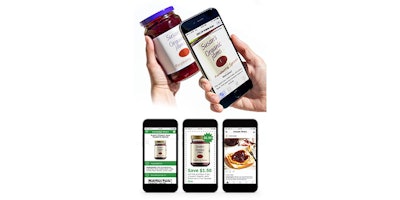
Information Please
While consumer shopping habits are going digital, people are learning to expect more complete and accurate information about the products they buy and eat. Changes to the NFP and the new GMO labeling law both reflect consumer demand for increased transparency and easy access to product information; they want to know if the food they’re buying is organic, non-GMO, locally grown, responsibly sourced, nut-free and so on.
Therein lies the synchronicity, a convergence of changes presenting brand owners with a golden opportunity. A brand that offers a positive digital experience stands to gain consumer engagement and loyalty; if that experience includes offering easy-access, comprehensive, accurate and up-to-date product information, the win is even bigger. Add shopper incentives, discounts, coupons, recipes and other media-rich brand experiences, and the sky is the limit.
Creating an Experience
Now make all that engagement available with a simple smartphone scan of the product package. In store, or at home after purchase, the brand has multiple opportunities to “speak to” the consumer and nurture an ongoing positive relationship.
Considering new shopping behaviors and consumer expectations, forward-thinking brands are evaluating interactive packaging opportunities like GS1 US Mobile Scan to drive higher engagement and brand loyalty. GS1 US Mobile Scan is an interactive platform that uses imperceptible watermarks, called DWCodes, to embed a dynamic, mobile-optimized, scannable URL along with the Global Trade Item Number (or GTIN) into the package artwork — enabling mobile access to a world of brand-enriching possibilities. Building the capability into packaging now, while updating the artwork with the new NFP, is simple. The package is then printed just as it was before, with no need for special printers, inks or printing processes.
At retail, and even after purchase, a consumer can scan an enabled package anywhere on its surface with a smartphone to connect with brand-authorized product information such as recipes, special offers, detailed product attributes, usage tips and more. The content will live on a landing page that is exclusively within the brand owner’s control. It can even be geographically targeted so that a shopper in Minnesota sees different local information than the shopper in North Carolina. The possibilities are limited only by the brand owner’s imagination.
Getting it Done
The FDA’s updated NFP means that within little more than a year, all food packaging will undergo a change. Simultaneously, unbridled increase in smartphone use and technology is driving a seismic shift in people’s interactions, not only with friends, family and media, but also with brands. Manufacturers can capitalize on this growing trend by making the most of the mandated packaging updates to create truly innovative, interactive packaging that will enable unprecedented levels of consumer engagement and relationship-building.
More information is available at https://sites.gs1us.org/mobilescan/.
[1]http://www.fda.gov/Food/GuidanceRegulation/GuidanceDocumentsRegulatoryInformation/LabelingNutrition/ucm385663.htm#dates
About the Author
Rich Richardson is a seasoned executive with more than 30 years of technology, supply chain, ecommerce, operations and procurement experience across multiple industries. In his current role at GS1 US, Rich collaborates with retail industry stakeholders, including leading brands, retailers, e-tailers and technology providers, to address complex e-commerce business challenges through the adoption and online use of GS1 Standards. He also leads key initiatives to leverage the GS1 System of Standards to integrate in-store, online and mobile shopping across all channels, leading to an improved search and shopping experience for today’s consumer.


